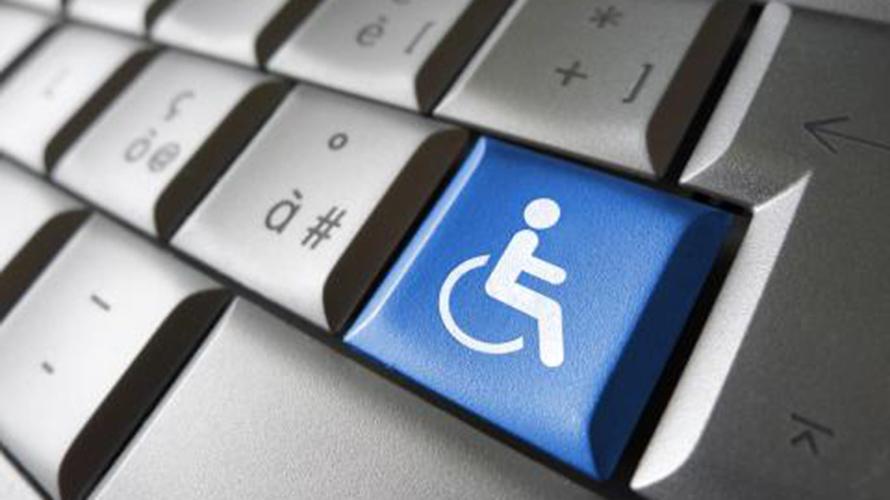4 Principles of Web Accessibility ( POUR )
By PRWeb
29 September, 2022

By Lalit Navani | Submitted On July 12, 2021
Most of us are blessed with excellent vision and gross, fine motor skills. Nonetheless, there is a section of our society, who is not so fortunate, and therefore to access webpages or web applications they use a different set of accessibility options.
These principles are --- Perceivable, Operable, Understandable & Robust. It is also known by the term POUR. Incidentally, the Web Accessibility Initiative of the World Wide Web Consortium has set the above-mentioned WCAG guidelines after careful study. If digital content fails in any of the said parameters then it is not considered 100% accessible for people with disabilities and other shortcomings.
Web developers, therefore, need to follow the rules of POUR strictly in order to make their content available to people with special needs, and the reason is they do not use traditional input and output devices such as a mouse or LCD / LED monitors. For example, individuals with partial or complete blindness typically exploit screen readers while a few opt for refreshable Braille devices.
In such a scenario, web developers need to provide text alternatives for content that is graphic in nature. An image is a perfect example. The idea is to make a web element PERCEIVABLE. Using an ALT tag for non-text content can make browsing a gratifying experience for people with special needs.
Those with partial or minimal vision problems use the browser magnification feature to increase the font size using keyboard shortcut keys ( ctrl + or command + ). Therefore, web developers should never disable the zoom features in mobile applications.
Another important accessibility feature is content interpretation. The text needs to be UNDERSTANDABLE. A good web agency makes sure that text content is aligned in the right form and format. Using infographics instead of text can hinder screen readers and assistive audio devices. The same needs to be addressed with the right set of alternatives.
Moreover, web developers also need to incorporate the ROBUST framework which will allow all current and future assistive technologies to be embedded without additional support or modification.
Finally, a good webpage/application should boast an excellent OPERABLE User Interface & Navigation. It simply means providing all the mouse functionalities in a keyboard, to access digital content or application. A good web developer makes sure that the interface and navigation are not trapped in a loop or get stuck in a certain section of the page/app. Some of the traps include:
1. Using a div or span as a button can stop the keyboard tabbing cycle ( Pattern ). In other words, the focusable feature via keyboard may get compromised. Therefore web development agencies use buttons to activate certain actions on the page.
2. For navigation between various web pages the best option is to use the <a> tag. Moreover, these tags support space and enter to perform the necessary action.
3. Hamburger menus need to be tagged appropriately so screen readers don't miss them.
HTML buttons and links are an integral part of Operable User Interface & Navigation. By exploiting it in the right places web developers can help screen reader users in foreseeing the result of such an action.
Summation
One of the factors that influence user experience is accessibility. WWW is not just for folks with healthy vision and motor skills. It is also for those with special needs. Web development agencies, therefore, need to address the above issues and make web content accessible to everyone.
One of the ways to check its implementation is tabbing through the site and check for elements / actionable controls which lack keyboard support. Replace them with HTML alternatives. Netlynxinc, a U.S based web development company provides accessibility options in its full glory making website/app browsing a gratifying experience for people with special needs. https://www.netlynxinc.com/
Article Source: https://EzineArticles.com/expert/Lalit_Navani/148901
Article Source: http://EzineArticles.com/10484647